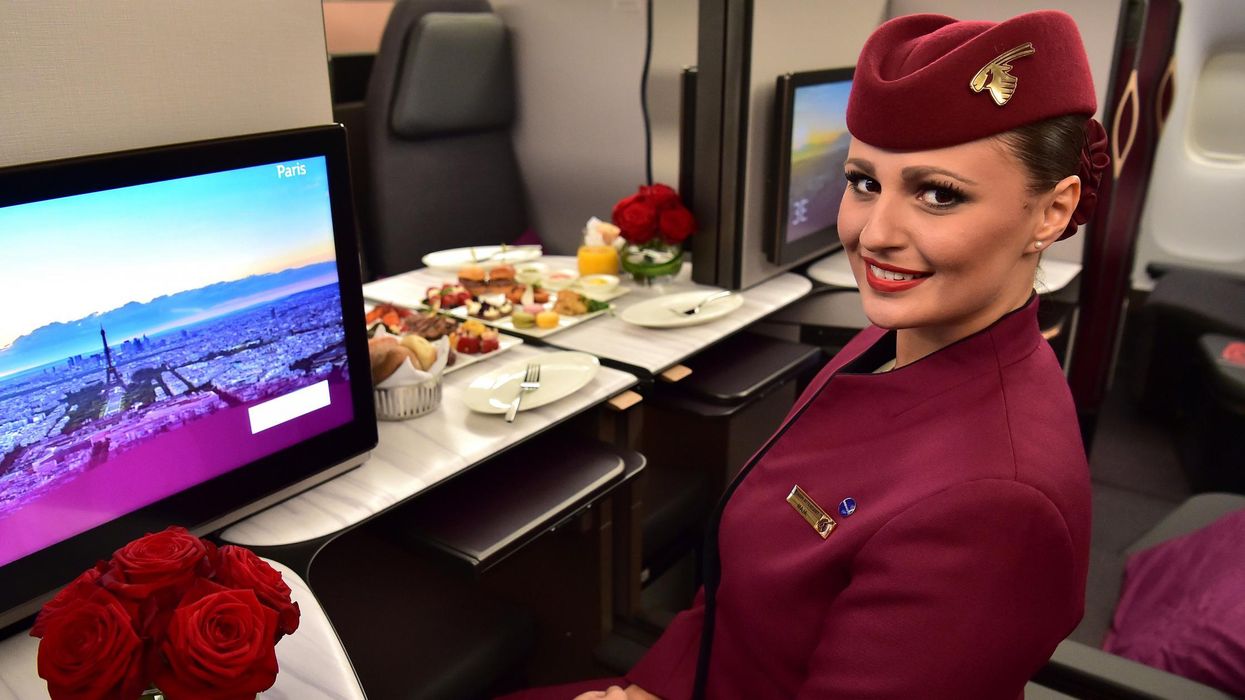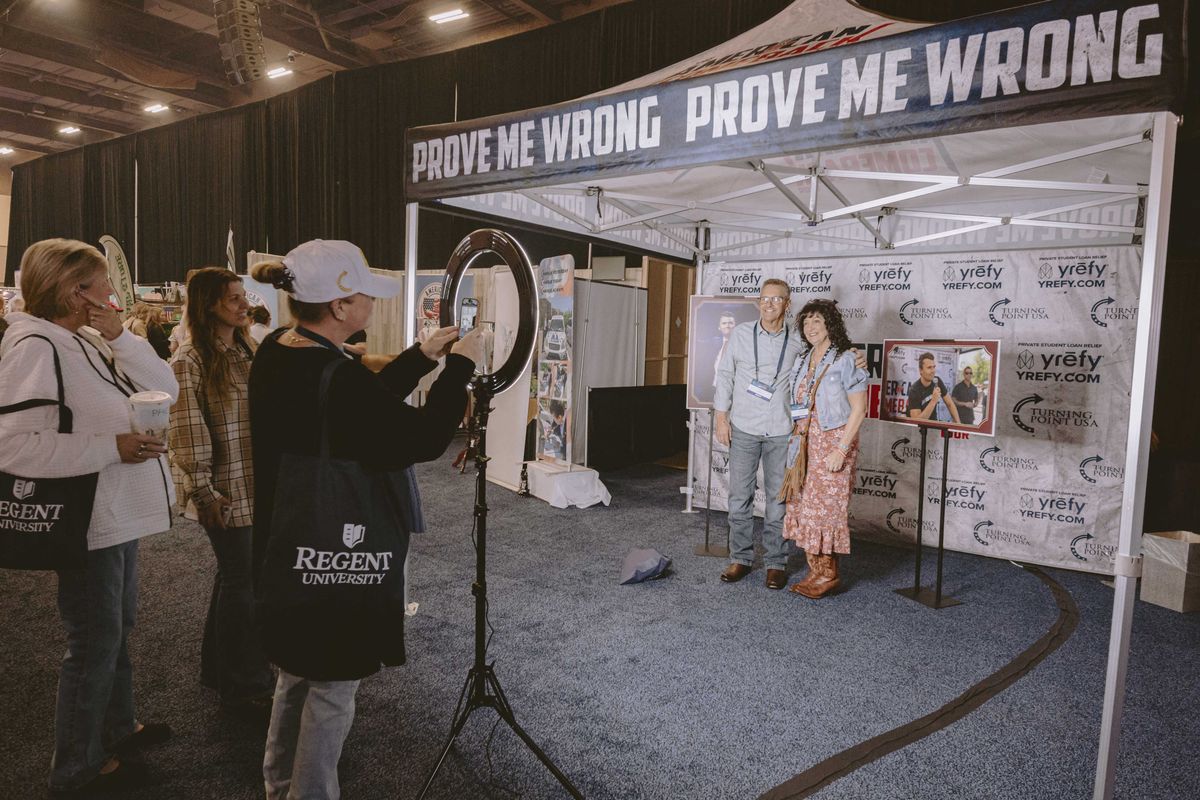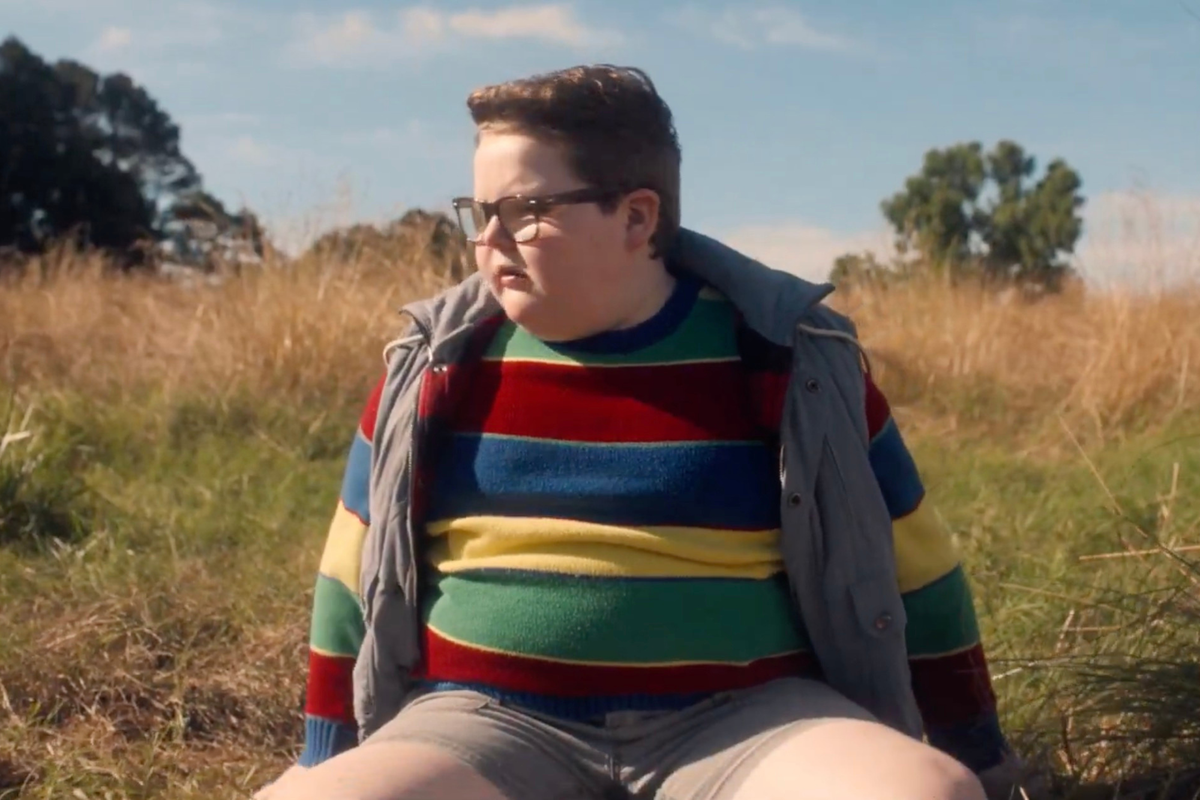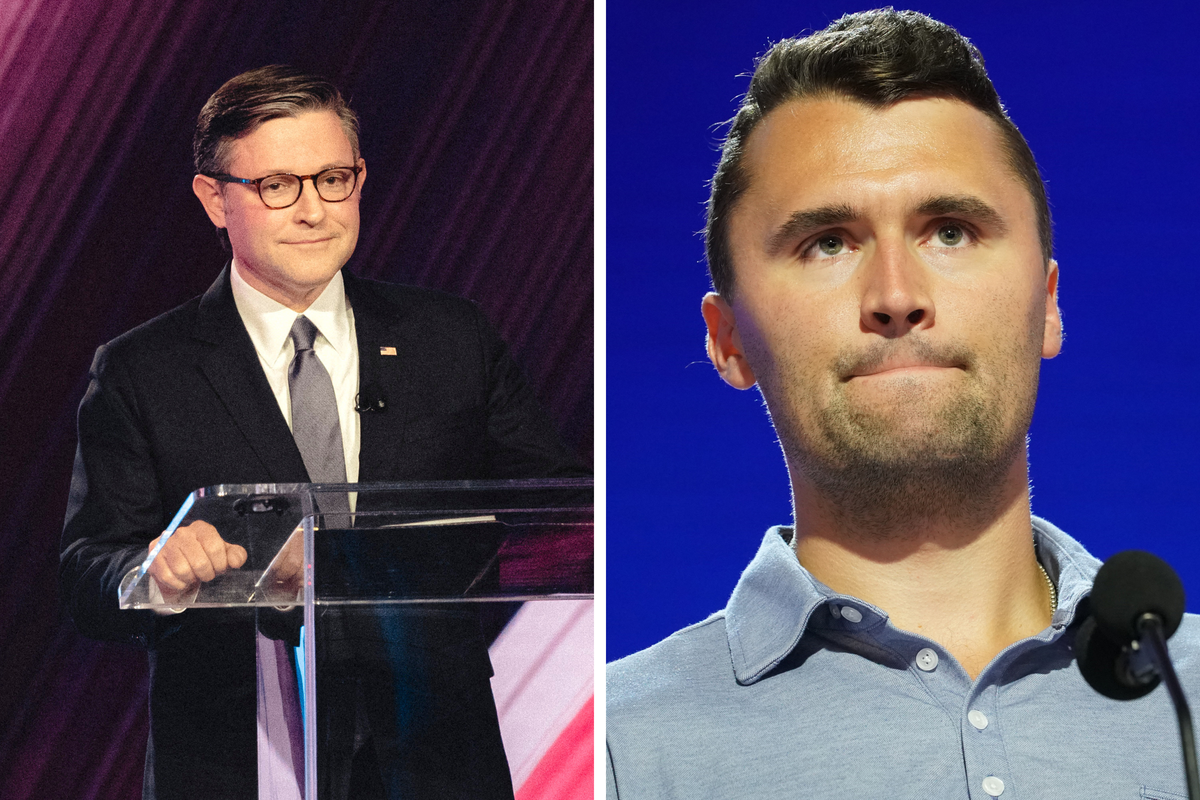News
Greg Evans
Aug 22, 2017

Picture:
CHRISTOPHE ARCHAMBAULT/AFP/Getty Images
Nearly every profession has its own secret emergency codes which are used for brevity in time sensitive situations and, occasionally, to help prevent panic among the general public.
These codes can be anything from random, unrelated words to the name of a generic person, and are typically only used to fellow members of staff in the know.
They are used in shops to make security aware that there is a shoplifter or suspicious person on the premises but they are more common on public transport.
You've probably heard 'Inspector Sands' announced before, or 'Code 1', but what do they specifically mean?
Allow us to unveil some of the most common secret codes that are used on various methods of transport and public places, such as airports and hospitals.
Fingers crossed you don't have to hear many of these.
London Underground
Let's start with a system that a majority of people will be aware of; London's Underground.
As we've already explained, 'Inspector Sands' is a name you might hear if a fire breaks out in a train carriage or at an underground station.
Staff will also call for the mysterious inspector if there has been a bomb scare. Many UK national railway services also use the same code name.
However, there are other numbered codes that you can listen out for on the Underground, mostly involving cleaning.
Code 1 - If blood needs cleaning up
Code 2 - If there is urine or poo that needs cleaning up.
Code 3 - If anybody should vomit and that needs dealing with.
Code 4 - A spillage of any type of liquid (certainly more pleasant than codes 1-3)
Code 5 - The discovery of broken glass.
Code 6 - Litter
Code 7 - Something that doesn't fit into any of the above categories.
Aircraft and Airports
Airports are a hive activity and the many announcements over the PA can make the whole experience a little overwhelming for both staff and passengers.
Every now and again you might hear certain phrases which aren't as common as the usual delays or cancellations.
Code Adam is often used in airports to tell staff that a child is missing within the complex.
It is a standard code used across many different professions and is named after Adam Walsh, a six-year-old who went missing in a Florida department store in 1981 and was never found.
Code Bravo is more specific to airports and can be used during security drills.
This can sometimes involve officials shouting 'freeze' to scare passengers and locate the source of a threat.
Once you are on board an aircraft, here are some codes you definitely don't want to hear.
Pan Pan - This is an international emergency call used to inform authorities of an emergency, which although dangerous, isn't considered to be life threatening.
7500 - This is a transponder code used when an aircraft has been hijacked or is under the threat of such a crime.
7600 - Going up the numbered scale, pilots will use 7600 to confirm that their radio has failed.
7700 - Slightly less dramatic is 7700, which is a generic code used to declare an emergency.
Blue Juice - This one isn't necessarily an emergency but is pretty gross. Blue Juice means that there is toilet water on the floor. It is also used on ferries and ships.
Air stewards also have their own secret words which they use for all sorts of things.
Did you know that they call bin bags 'Gash bags?' Or that the heated part of the in-flight meal is called the 'Hot bit?'
They also call the overhead compartments 'Hat bins,' their bag of essentials are weirdly called 'Plonkey kits' and the last bit of lipstick some crew apply before landing is known as 'Landing lips.'
Cruise Ships
Cruise ship announcements can vary depending on whom is operating the ship, but there a plenty of different codes used for situations upon the waves.
Operation Bright Star - used when there is a medical emergency on-board the ship.
Operation Rising Star - used during the unfortunate event of a death.
Code Red - perhaps the most well-known emergency call, is used to warn passengers of the outbreak of a severe virus or illness and that they must stay in their rooms. The colours Green and Yellow are also used when the problem isn't as critical. Medical emergencies can also be highlighted with 'Mr Skylight'; 'Alpha, Alpha, Alpha' and 'Star Code, Star Code, Star Code.'
Mr. Mob or Oscar, Oscar, Oscar - Announced in case someone should fall overboard.
Charlie, Charlie, Charlie - A threat to the ship's security.
Echo, Echo, Echo - This is used for two different scenarios. Firstly in the case of high winds and secondly to warn of a potential collision with an oncoming ship.
Red Parties, Red Parties, Red Parties; Alpha Team, Alpha Team, Alpha Team, Priority 1 or Bravo, Bravo, Bravo - All of these are used in case a fire breaks out with the latter also being used for other incidents.
Priority 2 - In case of a leakage in the ship.
Delta - If damage has been caused to the vessel.
Papa - An oil spill or other form of pollution.
Sierra - If a stretcher is needed
Hospital
If you happen to be in a medical facility and you hear the name 'Doctor Brown' announced it is because a violent threat is being made against a patient or non-staff member.
Other hospital codes include:
Code Silver - If a violent person has a weapon.
Code Grey - There is a violent person without a weapon.
Code Red - A fire has broken out.
Code Blue - A person's heart has stopped beating or they cannot breathe.
Code Orange - A hazardous material has been spilled.
Amber Alert - A child has been abducted.
Internal Triage - An emergency is occurring across various departments. This could be a plumbing problem, power outage, computers being down or a bomb scare.
External Triage - Similar to the above but is linked to major disasters outside the hospital.
Code Clear - Once an emergency has been declared to be over.
Police codes
Police codes aren't very common in the UK but they are used all over the United States.
You've probably heard of a 10-10 on a TV police show but you probably didn't know that it means that a fight is taking place.
Here are a few other examples of their infamous 10 codes:
10-15 - A civil disturbance, such as a domestic argument is happening.
10-31 - A crime is currently in progress.
10-32 - The police can see somebody brandishing a gun.
10-34 - A riot is taking place.
10-37 - Police can see a suspicious looking vehicle.
10-50 - A traffic based accident has happened.
10-55 - They have pulled over a drunk driver.
10-89 - A bomb threat.
10-98 - An inmate has escaped from prison.
More: The two questions that predict how pilots will handle an emergency
Top 100
The Conversation (0)













Jasmine Crockett hits back at JD Vance's 'street girl persona' jibe